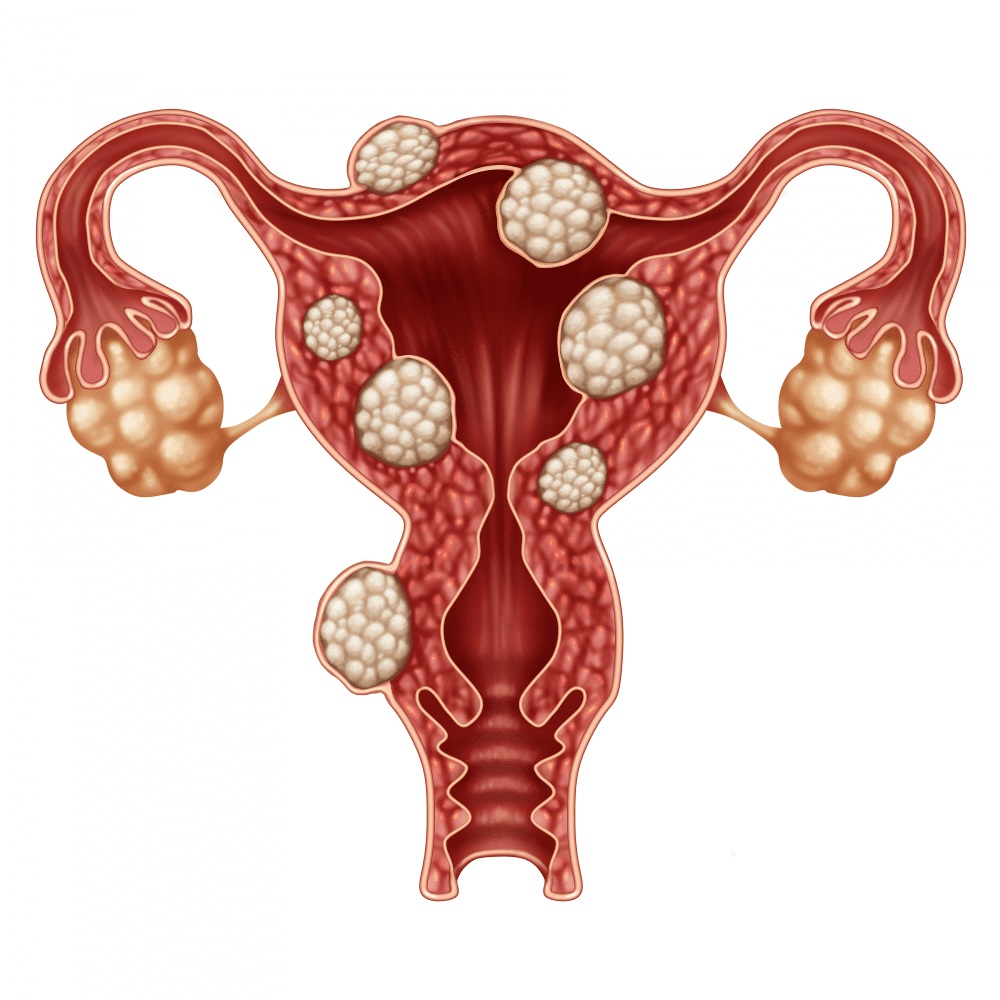Fibroids: The silent killer

Until they became heavy and painful, *Angella*had had normal periods throughout her 20s. She went to see a gynaecologist who recommended a CT scan. The report revealed that there were fibroids growing in her uterus.
“The doctor advised that I conceive immediately but I was not emotionally ready to even start dating. A herbalist said she could get me herbs that would heal them but instead, the fibroids increased in size,” she says.
By the time she returned to hospital, the fibroids were bigger, had multiplied to more than 15 and were exerting pressure on the nearby internal organs.
Fibroids affect around 30 percent of all women by the age of 35, a stage when oestrogen levels are higher. Only 20 percent of women develop fibroids by the age of 50. Fibroids affect mainly African women and usually, before the age of 25, one may not get any symptoms. They are common occurrence among women that take long to conceive, according to Dr Ndozire Katali, a gynaecologist at Mildmay Uganda.
Dr Katali says although fibroids are always linked to prolonged exposure to oestrogen and genetics, other risk factors such as too much consumption of red meat and obesity should be considered.
They are non-cancerous smooth muscle tumors that develop in or around the uterus. They may appear on the outer covering of the womb, in the muscle of the womb, and the inner lining of the womb.
Fibroids usually do not interfere with getting pregnant but their location and size can distort the womb, which may affect the fertility or if one conceives, they may get complications leading to miscarriages according to Dr Ndozire.
In the early stages, one may not experience any symptoms, but with time, a woman may get heavy and painful periods, constipation, frequent urination, pain during sex, repeated miscarriages or failure to conceive, lower back pain.
Improved treatment methods
Myomectomy is the surgical removal of fibroids. The gynaecologist, after thorough explanation, will help you choose a uterine-sparing surgical procedures to remove the fibroids such as hysteroscopy, laparoscopy or laparotomy.
Dr Hassan Kabiito, an interventional radiologist at International Hospital Kampala says there is a new treatment option; Uterine Fibroid Embolization (UFE) that does not require one to undergo surgery. The new procedure referred to as uterine fibroid embolization which is an alternative to the commonly known surgery to remove fibroids (myomectomy). Embolization means targeted cutting off of blood supply to a particular part of the body.
How it is done
The doctor uses a small catheter to inject embolic agents into a blood vessel in the hand called radial artery or a blood vessel in the thigh called the femoral artery and use a special machine to monitor the catheters and wires until they reach the blood vessel supplying the fibroids.
The goal is to block the blood vessels supplying the fibroid, starving them. Once the blood supply is cut off, the fibroids shrink and disappear depending on their original size and number causing a complete resolution of the symptoms
According to Dr Kabiito, many patients believe the surgery is the only treatment option of resolving fibroids but he says in Uganda, we now have a purely non-surgical procedure, minimally invasive with faster recovery. If you have symptomatic fibroids, this procedure is a viable option.
Some people think that with UFE one cannot have children. The procedure is used selective in such a way that during the treatment, only the blood supply to the fibroids and not the uterus and the scans we have done with the patients show a normal uterine tissue but with dead fibroids and you can always conceive normally and have children provided there is no other hindering factors.
This type of treatment, he says, treats all sizes and numbers of fibroids because it is targeted therapy that aims at the fibroids that can selectively be reached no matter the size and number.
Asked if the fibroids can reoccur, Dr Kabiito says, “New fibroids can grow, but the treated ones are dead and cannot reoccur because their blood supply has been cut off.”
Since treatment is individual, one needs to discuss the benefits and risks of uterine artery embolization with the obstetrician-gynecologist or interventional radiologist.
A woman who has had an embolization procedure can successfully carry a pregnancy up to term. Dr Kabiito, however, warns women to avoid UFE if they are pregnant because it increases the risk of abnormal placentation, low or very low birth weights, and preterm deliveries following the procedure.
How to prepare for the procedure
Uterine fibroid embolization is usually performed by an interventional radiologist or a specialist in obstetrics and gynecology who has training in uterine artery embolization.
In the radiology procedure room, you’ll have an intravenous (IV) line placed in one of your veins to give you fluids, anesthetics, antibiotics and pain medications.
The anesthesia reduces pain and helps you relax, but leaves you awake (conscious sedation). Thereafter, the doctor makes a small incision on the skin over your femoral artery on the thigh and inserts a catheter into the artery through one incision.
To see your uterus and blood vessels, the radiologist uses a fluoroscope that produces moving images of internal structures and displays them on a computer monitor. With this, the radiologist identifies the right area of the uterine artery that supplies blood to the fibroids and then injects the blood vessel with embolic agents.
After the procedure, the doctor checks additional images to make sure that blood is no longer reaching the fibroids. Uterine fibroid embolization typically provides significant relief of symptoms of uterine fibroids.
Dr Kabiito assures one that “Your menstrual period may continue on its normal schedule and if they are heavy, they will normalize. The fibroids shrink and are tracked on serial scans upon review. The length of time it takes for the fibroids to shrink depends on their size.”


















